
Boomers grew up during a time of unforgettable change, when TV dinners felt futuristic and playgrounds came without padding. These 20 everyday moments didn’t just entertain or educate; they shaped a generation. Scroll through this nostalgic ride to see what defined the Boomer era and how these simple moments still echo in American culture today
Saturday Morning Cartoons
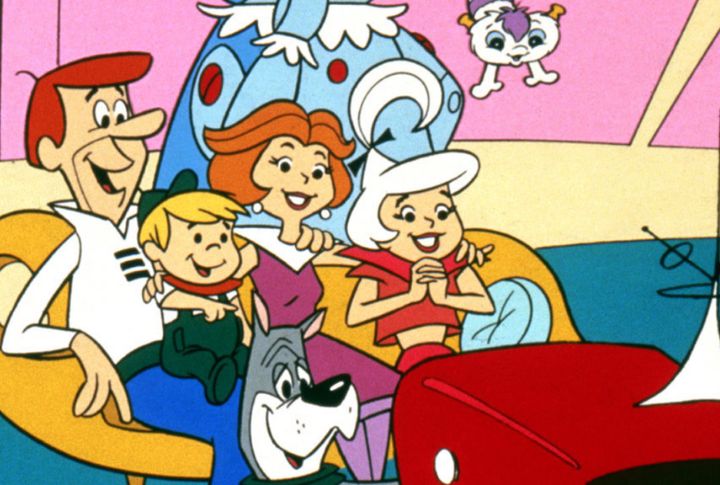
Networks reserved Saturday mornings for cartoons throughout the 1960s. Over 20 million children tuned in weekly for “The Jetsons,” Scooby-Doo,” and others. These shows became cultural touchstones. Weekend routines revolved around cereal and animated adventures that united households before chores kicked in.
Drive-In Theaters
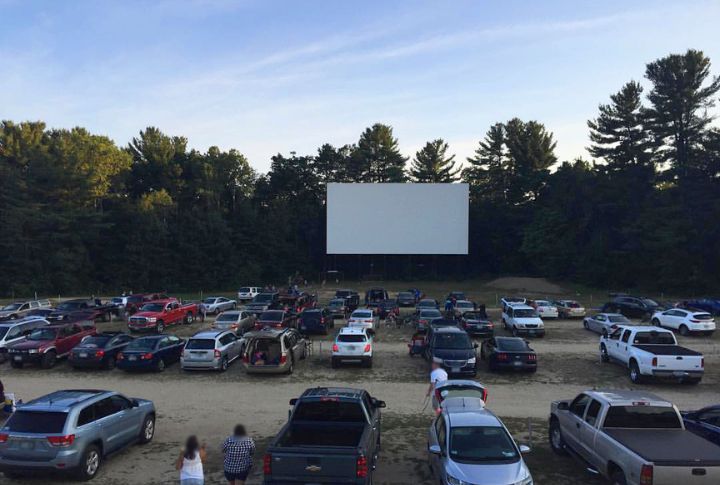
Drive-ins dominated the movie scene in 1958, with over 4,000 across the U.S. Nearly 25% of all theaters operated outdoors. Families brought lawn chairs and blankets. Intermission cartoons and in-car speakers turned parking lots into playgrounds where movies were only part of the fun.
Transistor Radios
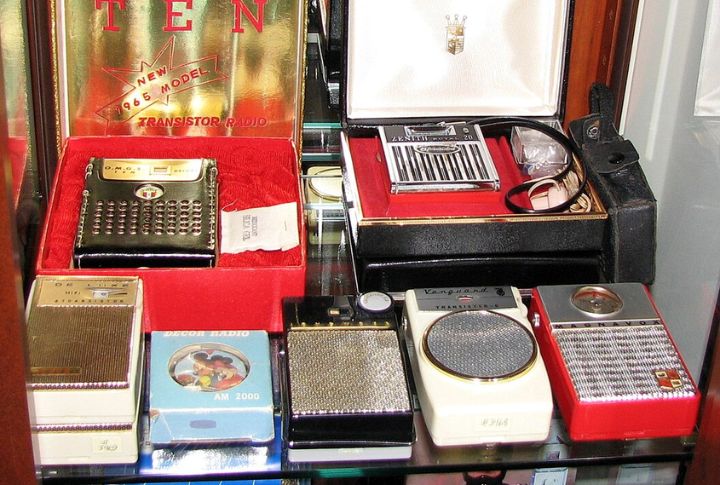
After being introduced in 1954, these pocket-sized radios quickly became teen essentials. Over 7 million were sold by the mid-1960s. Rock and roll playlists blasted from beneath pillows. Youth culture embraced new sounds. Elvis and The Beatles reached ears everywhere, reshaping music consumption forever.
Space Race School Drills
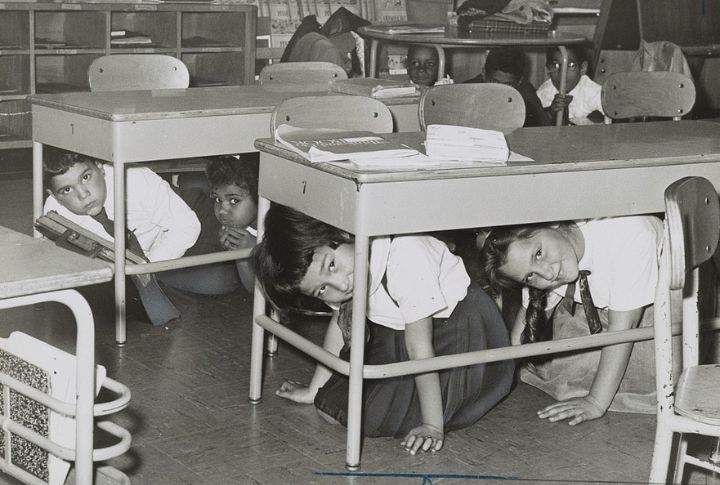
“Duck and Cover” drills dominated the Cold War classrooms. Students hid beneath desks, bracing for unthinkable threats. Some were issued dog tags for post-attack identification. For many Boomers, these routines formed their earliest understanding of geopolitical fear and life under a nuclear shadow.
Penny Candy Stores
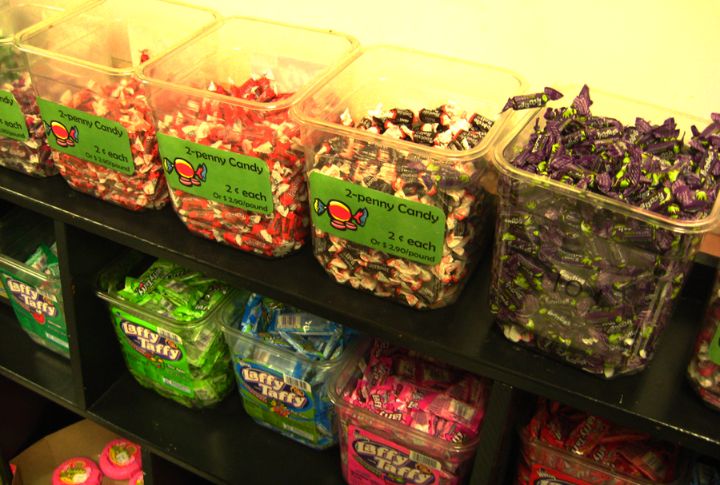
Neighborhood shops stocked sugary treasures for just a penny. Mary Janes, Wax Bottles, and other treats filled glass jars. Kids lined up with change on allowance day. The corner store became a social hub. Names were remembered, and favorites were saved behind the counter.
JFK’s Killing

Shock rippled through schools and workplaces as news of Kennedy’s demise broke. Television stations aired nonstop coverage for 70 straight hours. Teachers paused the class to tune in. That moment marked a generation’s first encounter with national mourning and a sudden loss of innocence.
Summer Camp Freedom

Over two million children packed sleeping bags and bug spray for sleepaway camps by 1970. Activities included archery, canoe races, and spooky ghost stories. No phone calls were made. Friends became pen pals. Independence bloomed between cabin pranks and lanyard-making marathons under the stars.
Home Economics And Shop Class

Almost every high school in America offered these courses by 1960. Girls stitched aprons while boys welded coat hooks. Students gained real-world skills that mirrored 1950s social roles. Many baked cakes from scratch or built working lamps for their early introductions to domestic life and mechanical confidence.
S&H Green Stamps
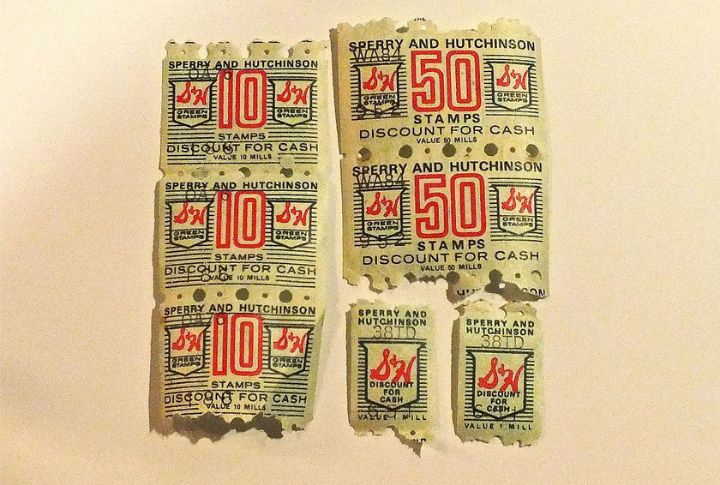
Families saved these stamps like treasure. More than 800 U.S. retailers handed them out with every purchase by the mid-1960s. Books filled fast. Completed pages were exchanged for toys or small kitchen appliances. Licking stamps became a family chore with a shiny prize.
Record Players In Bedrooms
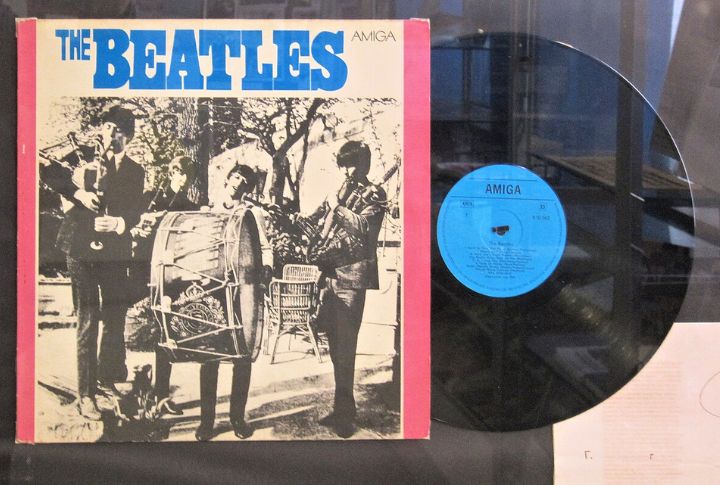
Teen bedrooms buzzed with the sounds of spinning LPs. Eight out of ten teens owned record players by 1970. Albums by Dylan, The Supremes, and The Beatles defined personal taste. Carefully dropping the needle became a ritual. Liner notes offered quiet, immersive escapes.
Metal Lunchboxes
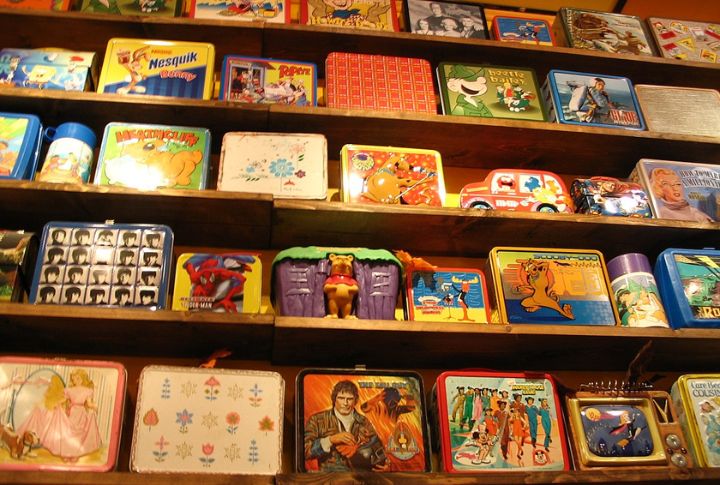
Over 120 million metal lunchboxes were sold between 1950 and 1970. Kids carried boxes decorated with Superman, The Monkees, or Lassie. Matching thermoses leaked, but mattered less than the designs. Lunch trades happened daily. Scratches marked ownership. For many, these boxes were more status symbols than storage.
Phone Party Lines
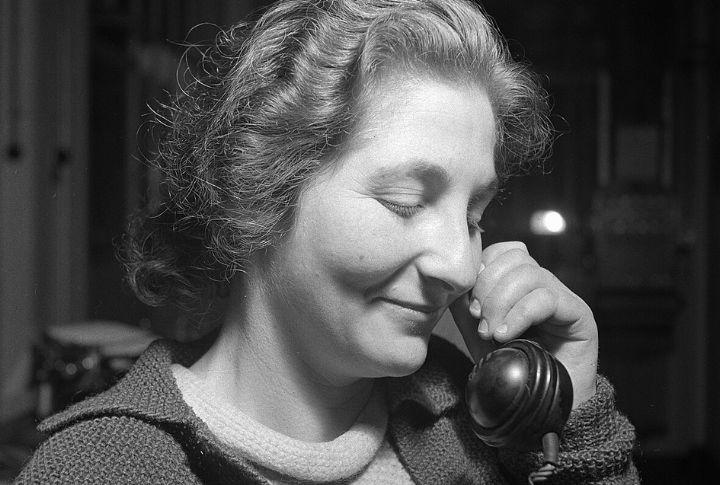
One phone line often served multiple households in rural communities. Picking up meant risking eavesdropping or overhearing a neighbor’s chat. Privacy was rare, and etiquette ruled. Kids learned to wait. Polite requests to hang up were part of daily family communications.
Milk Delivery To The Door
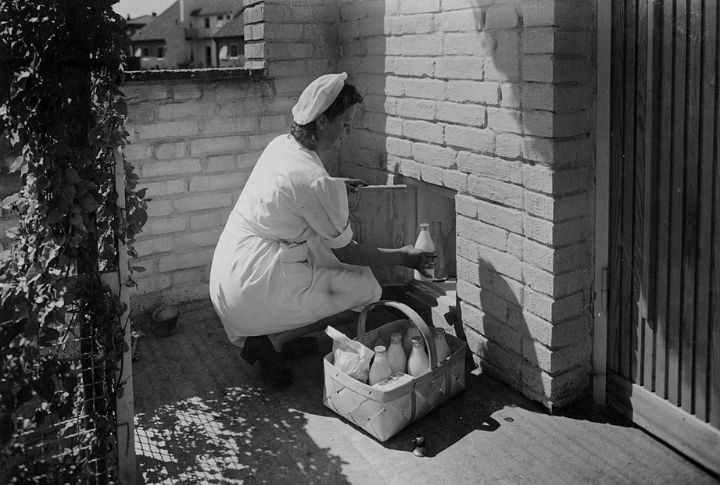
Before supermarkets dominated, glass bottles of milk clinked onto porches before sunrise. Milkmen collected the empties, often greeted by wagging dogs or curious kids. Some children sneaked spoonfuls of the cream floating on top. The morning ritual signaled breakfast long before refrigerators hummed.
Watching The Moon Landing

Apollo 11’s broadcast reached over 600 million people in July 1969. Classrooms were equipped with TVs so students could witness the event. Cardboard helmets and foil suits followed in backyards. That lunar footprint left a deep mark on childhood dreams and scientific ambition.
Tang And TV Dinners

NASA’s endorsement turned Tang into a household name. TV dinners, packaged in aluminum trays, offered fast meals like Salisbury steak and peas, allowing families to eat in front of flickering screens. Convenience took over, reshaping evening routines and American kitchens alike.
Watching Sunday Night TV As A Family
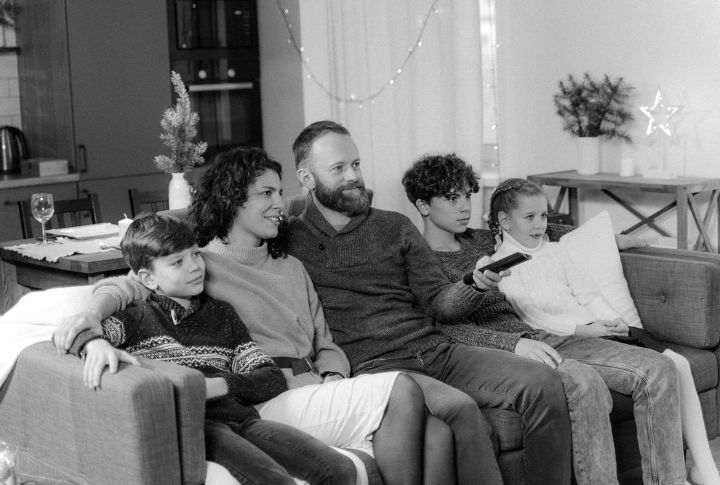
Programs like “Bonanza” and “The Wonderful World of Disney” signaled the weekend’s end. Families gathered around the set with snacks and folding trays. Sunday night routines brought closure to playtime. The shared experience left behind lasting emotional bookmarks in family memory.
Neighborhood Kickball Games
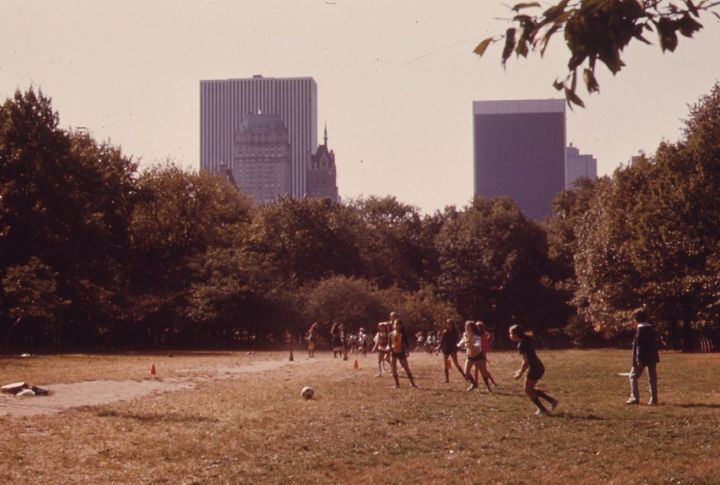
Afternoons turned curbs and empty lots into playing fields. Kids created their own rules and kept the score. The game ended when the sun dipped or a parent called from the porch. No helmets, just scraped knees and earned bragging rights.
The Beatles On Ed Sullivan
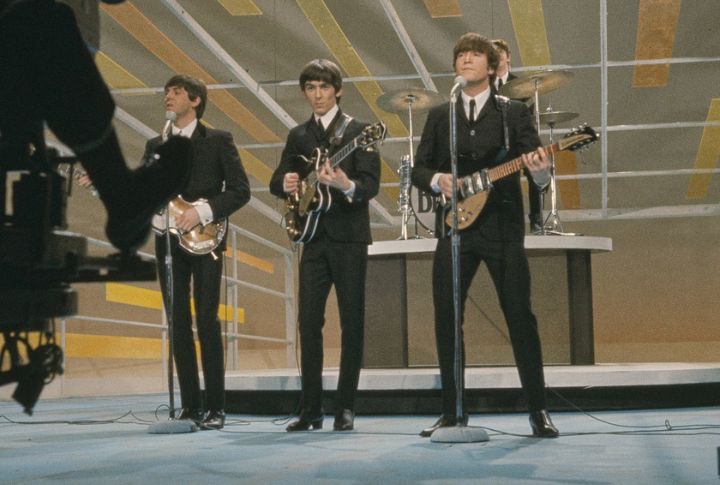
On February 9, 1964, more than 73 million Americans watched Beatlemania hit television. Guitars sold out nationwide. Schools saw an epidemic of “sick days” the next morning. What started as a performance ignited a transatlantic shift in youth identity and popular music.
Learning To Type On Manual Typewriters

High schools introduced typing classes to prepare students for business and secretarial work. Machines were heavy boxes with stiff keys that caused frequent mistakes. Wite-Out bottles emptied quickly. Still, students pounded through pages, building a skillset that later transitioned smoothly into the age of computers.
The Ice Cream Truck Song

Melodies like “Turkey in the Straw” echoed through neighborhoods each summer. Kids grabbed coins and ran barefoot down hot sidewalks. Familiar drivers became part of the community. Every jingle promised push-pops, Fudgsicles, and a two-minute race to meet the truck before it drove off.
